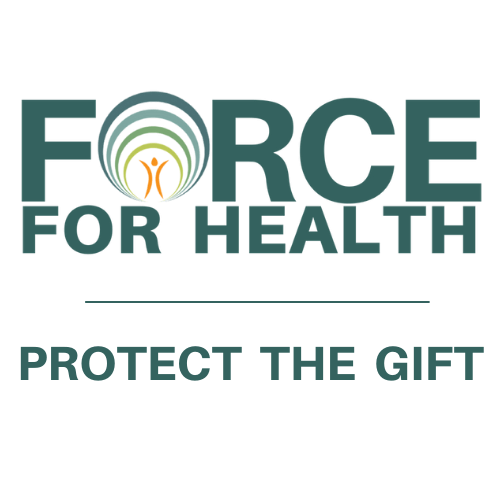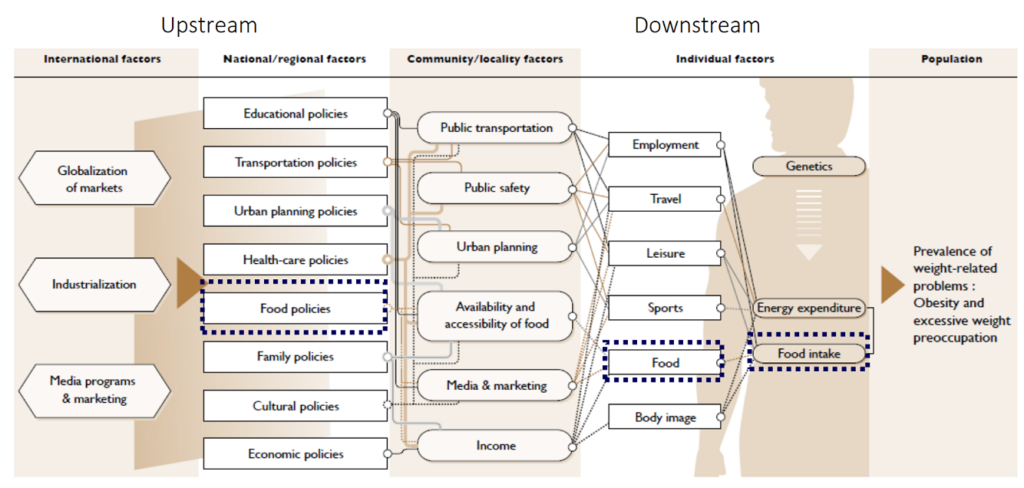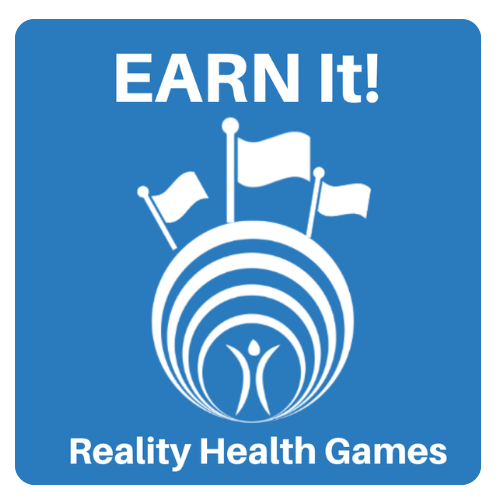
360 Human Explorer: Cleft Palate Awareness, Treatment, and Prevention
Dr. Rob’s Video Cleft Palate Overview Transcript
Hi, this is Dr. Rob.
As a medical student, I was exposed to a condition called cleft palate. As a father and grandfather, I know how concerning it is when there are issues with your child or a child you know.
I was amazed at how little I knew about cleft palate until I really delved into the anatomy. I’m glad I did, because many parents face this issue. Let’s study it together so we can understand it better.
I built a model in the 360 Human Explorer and posted it on the ForceForHealth.com network. As I review it, I’m struck by how cleft palate creates a defect in a child’s face, affecting structures like the gums, jaw, and sometimes extending into the nose.
This is something that can be fixed surgically, but understanding the anatomy is key. When you look at a normal mouth, the teeth join properly, and the top and bottom parts of the skull align for a good bite. There is a clear separation between the nose and the top of the mouth, which is essential for feeding and speech.
Here are some important facts:
- One in 1,700 babies is born with a cleft palate.
- It is not your fault. Genetics and environmental factors play a role, but it’s not something a mom or dad did wrong.
- Feeding support, hearing checks, and speech evaluations are important parts of care.
From a medical perspective, clefts are classified as primary or secondary, depending on whether they affect the front or back parts of the palate. Some clefts go through soft tissue and bone, affecting structures from the gums up into the nose, while others are limited to the roof of the mouth.
You might see different cases:
- Some are more extensive, requiring complex surgical repair.
- Others are simpler to fix, with excellent cosmetic and functional outcomes.
In surgery, bone grafts and soft tissue repairs are performed carefully to avoid major blood vessels and nerves that control facial movement. Protecting these structures prevents complications like facial drooping.
Why Feeding is Difficult
When a baby with a cleft palate tries to feed, milk can flow up into the nose instead of down the esophagus, causing coughing, choking, and increasing risks for sinus infections or pneumonia. Special bottles or feeding tubes may be needed temporarily to ensure proper nutrition.
Can Cleft Palate Be Prevented?
While not all cases can be prevented, these steps may reduce risk:
- Take folic acid supplements before and during pregnancy.
- Avoid tobacco and alcohol use.
- Manage diabetes and maintain a healthy weight.
- Review medications with your doctor, as some anti-seizure or acne medications increase risk.
- Genetic counseling is sometimes recommended if there’s a family history.
Final Thoughts
The key takeaway is that this is not your fault. Your baby deserves love and support. With proper care, children with cleft palate can live normal, healthy lives without stigma.
It’s important for siblings and family members to understand that cleft palate doesn’t necessarily affect mental or physical health later in life, although it can sometimes be associated with other genetic conditions.
It takes a special parent to care for a special baby. This is your gift, and it can be treated. Don’t panic. Review this with your doctor, ask any questions you have, and get the help you need.
After surgery, continue to monitor that your child is swallowing well and not choking or having liquids come back out through the nose.
This is Dr. Rob. Be a Force for Health. Use the 360 Human Explorer to learn, live it, and share it. Share this information with someone who might benefit.
Thank you.
Explore and Learn More
This model may help you better understand the issues involved in this condition. Please be sure to click on the “i” or information buttons or view full screen and read the material that accompanies the pictures. The first and last images and descriptions will be most useful to parents or medical students just learning about this.
Recommend0 recommendationsPublished in 360° Human Anatomy with Quizzes, Force for Health® Network News, Health Month Awareness, Health Month Awareness Series






